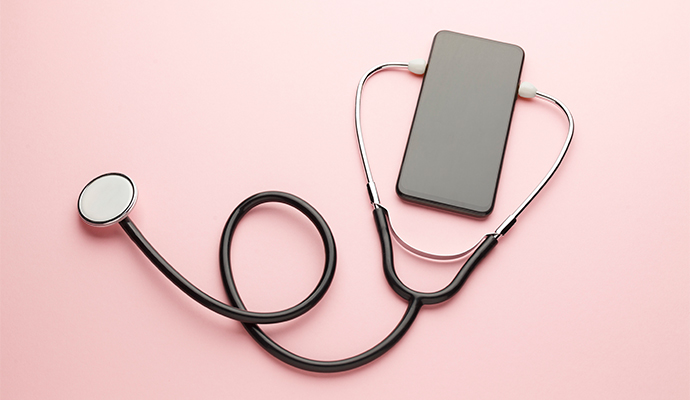Remote Blood Oxygen Monitoring Helped Detect COVID-19 Deterioration
During the COVID-19 pandemic, at-home blood oxygen monitoring assisted in identifying clinical deterioration among patients infected with the disease, a new study shows.

Source: Getty Images
- As providers continue to uncover methods of caring for COVID-19 patients, recent research published in Lancet Digital Health shows that blood oxygen monitors, or pulse oximeters, helped identify health deterioration.
The research included an examination of 13 studies, including about 3,000 participants.
Blood oxygen monitors are devices that attach to the finger that gather information about blood oxygen saturation. They are cheap, accessible, and helpful in identifying the progression of COVID-19, researchers noted.
The analysis showed that the device acted as a "safety net," enabling early identification of COVID-19-related deterioration, thereby allowing care teams to take action. The device can also help reduce hospital admissions, researchers concluded.
“Throughout the pandemic, concern among the public has shifted from ‘Have I got COVID?’ to ‘If I got COVID, do I need to go to hospital?’" said Ahmed Alboksmaty, MBBCh, a research associate from the Institute of Global Health Innovation, in the press release. "Our study shows that people with COVID-19 can safely keep an eye on their blood oxygen levels at home using pulse oximetry. If their oxygen levels drop below a certain point, then this indicates that they need to seek professional medical care.”
Based on their findings, the researchers made recommendations for using pulse oximeters, such as using 92 percent as a defined cutoff point in blood oxygen levels. They found that patients with blood oxygen levels below 92 percent are more likely to need hospitalization.
But researchers also acknowledged the lack of research associated with treating darker-skinned patients with this device.
Further, researchers noted that new smartphone features could also monitor blood oxygen levels. However, there is not enough evidence to professionally recommend these devices to patients.
Using at-home devices to monitor COVID-19 patients' health has been a common practice through the pandemic.
In 2020, Northwestern University and the Shirley Ryan AbilityLab created a throat attachment patch that monitors lung activity. Based on this activity, symptoms such as coughing and abnormal breathing can give providers a sense of whether or not a patient has or may develop COVID-19.
Engineers from the University of Missouri have also recently developed a new remote blood pressure monitoring device. Like the blood oxygen monitor, this device is a finger clip. The significant appeal of this device is measuring being able to measure blood pressure from a comfortable environment, which would likely provide a more accurate reading than an anxiety-influenced measurement in a doctor's office.
In addition, during the pandemic, researchers used geolocation to monitor proximity to COVID-19. Published in Science Advances, the study included participants who volunteered their geolocation data. Using an algorithm, smartphones were able to use geolocation data to determine when they were within six feet of another device that carried information about the COVID-19 status of the owner.
